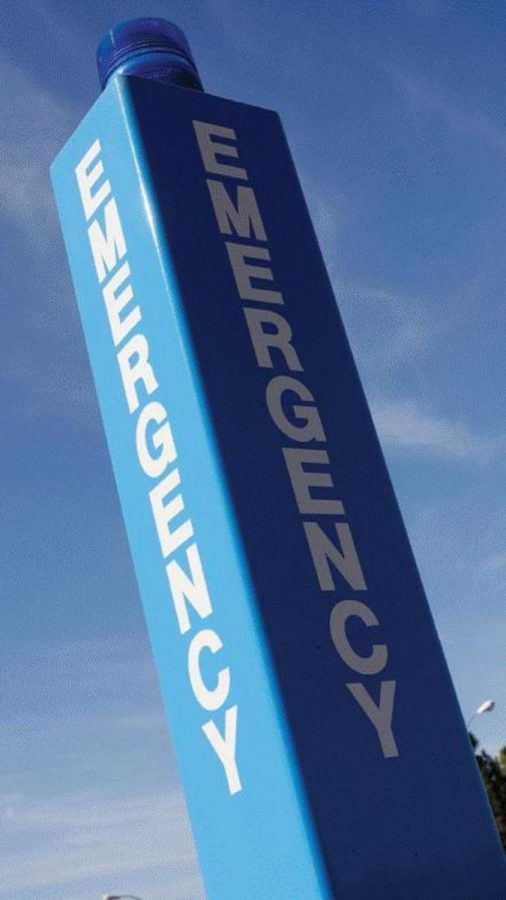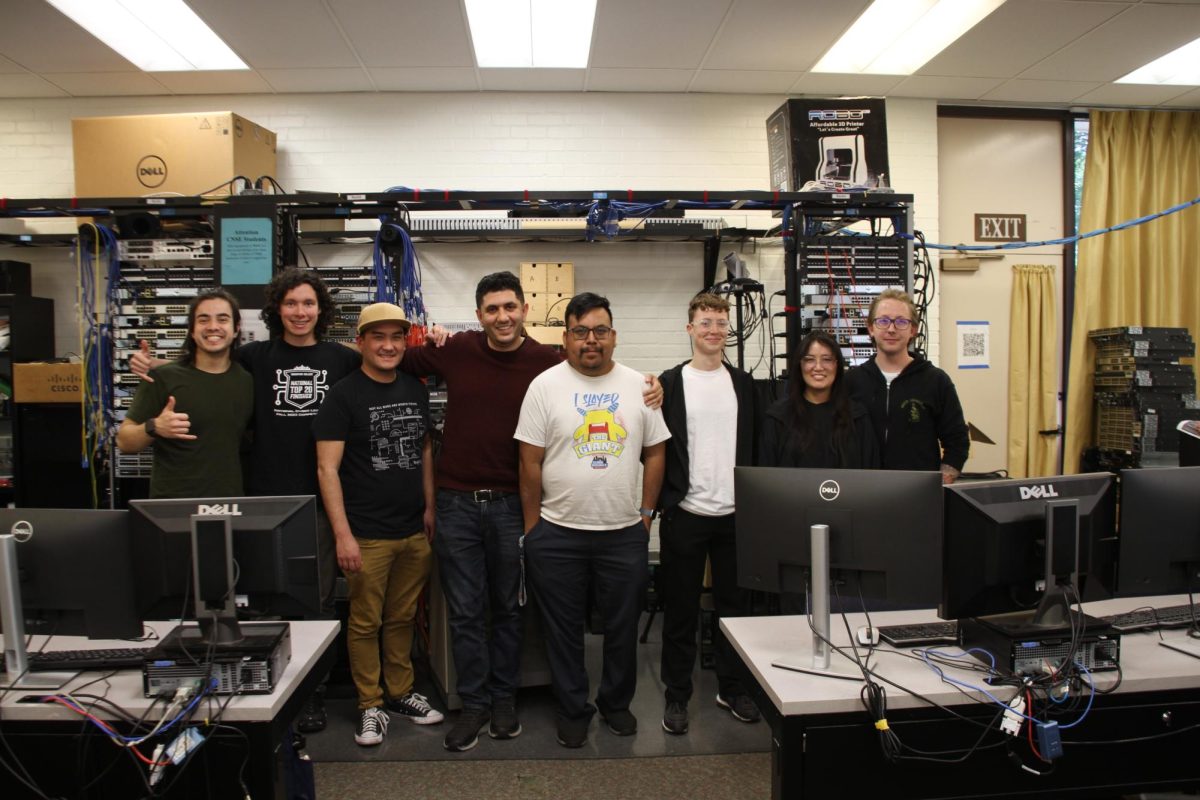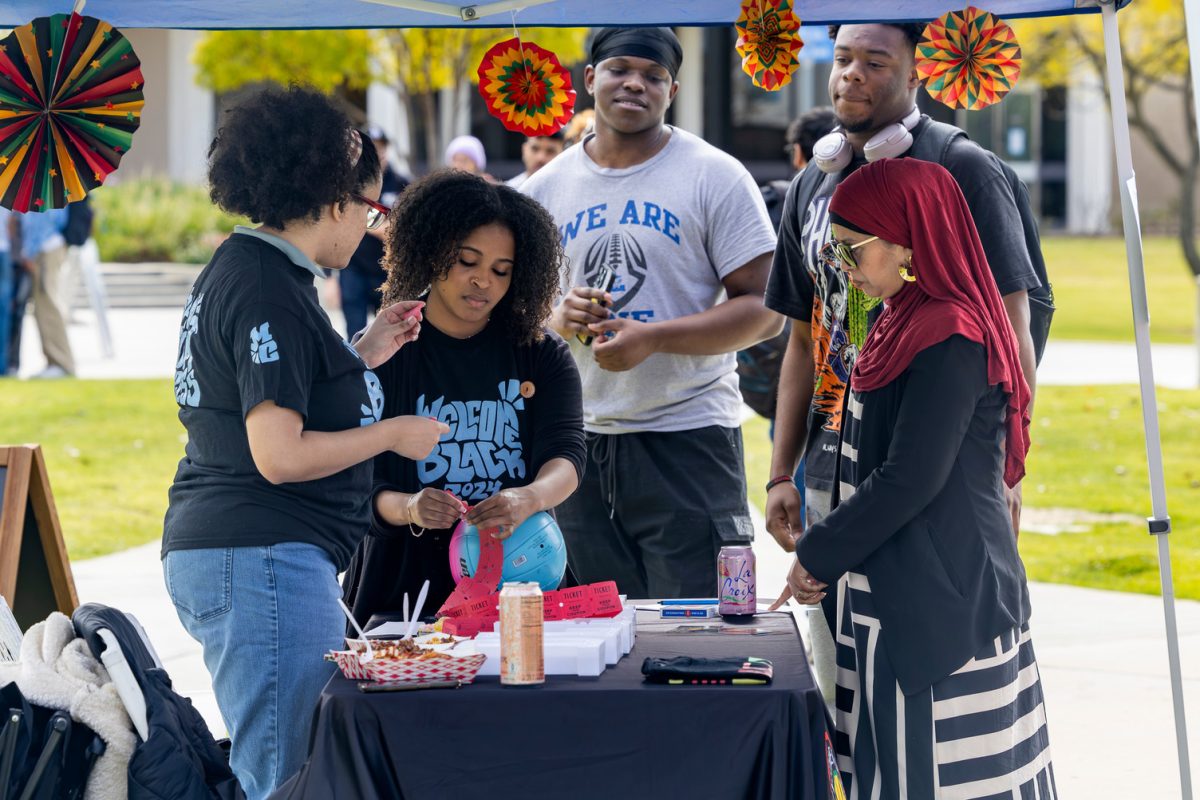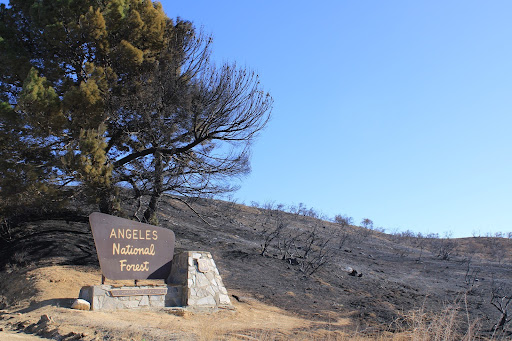In the 1950s, school children across the country did emergency drills, and were told to hide under their desks in case the enemy was to attack with a nuclear weapon. The procedure was to crouch down, put your head between your knees, and kiss your behind goodbye.
In the light of some events that have happened on and around campuses, emergency preparedness has become once again, a topic of interest. The district hired a professional consultant to help all three campuses as well as the District Office prepare and practice for emergency situations, according to Moorpark College President Dr. Pam Eddinger.
Each campus has an incident commander, who would oversee the preparations and planning required to meet a national standard for emergency preparedness, as well as a state standard. Jerry Mortensen is the incident commander at Ventura College.
“Our first priority is to save lives,” said Mortensen. “Our second priority is to protect the buildings and our third priority is getting the college going back up as soon as we can.”
Right now, students can opt-in to an alert system through WebSTAR. According to Mortensen, in the next few months, a reverse 911-type system will be in place and students and staff can receive text and voice message alerts about an emergency situation on campus.
Ventura College is also in the process of installing a campus-wide speaker system. “No matter where you are on this campus, they can tell everyone where to go and what to do,” said Mortensen.
During the fires last week that blew smoke over Moorpark College, the campus webpage was updated hourly with information pertinent to classes and freeway closures. During the incident where a person with a gun was on campus in Ventura last month, emails were sent to faculty and staff warning of the lockdown.
“Our recent experience with the high school student who brought a gun on campus reinforced the value of practicing emergency scenarios so that our ability to respond to them becomes more second nature,” said Ventura College President Dr. Robin Calote.
All three colleges have scheduled “tabletop” exercises, or mock drills. These drills give the colleges a good sense of where their preparations are, and a direction of steps to take to improve.
Oxnard College is also implementing plans and according to President Richard Duran, each college is working on physical preparations such as emergency phones in parking areas, communications systems and the distribution of emergency packs.
“Fundamentally (students) need to know to respond to faculty and college officials directions when an emergency occurs,” said Duran. “Each emergency is unique and the response will vary.”







